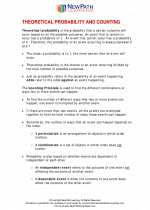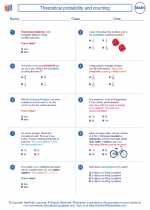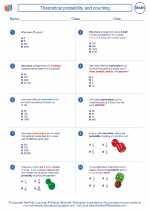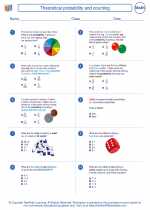Reflection Symmetry
Reflection symmetry, also known as line symmetry, occurs when a figure can be divided into two equal halves by a line such that one half is the mirror image of the other half. The line of symmetry is the imaginary line along which the figure can be folded to create matching halves.
Examples of Reflection Symmetry
Common examples of reflection symmetry include the letter "X", the letter "H", a circle, a square, and many other geometric shapes.
Properties of Reflection Symmetry
1. A figure with reflection symmetry has at least one line of symmetry.
2. The line of symmetry divides the figure into two congruent halves.
3. The figure's reflection over the line of symmetry results in the original figure.
Study Guide
To identify reflection symmetry in a figure, follow these steps:
- Look for a line that could act as a mirror.
- Check if the figure is symmetrical when folded over that line.
- If the figure matches perfectly on both sides of the line, it has reflection symmetry.
Practice identifying reflection symmetry in various shapes and letters to reinforce your understanding of this concept.
[Reflection Symmetry] Related Worksheets and Study Guides:
.◂Math Worksheets and Study Guides Eighth Grade. Theoretical probability and counting

 Worksheet/Answer key
Worksheet/Answer key
 Worksheet/Answer key
Worksheet/Answer key
 Worksheet/Answer key
Worksheet/Answer key
